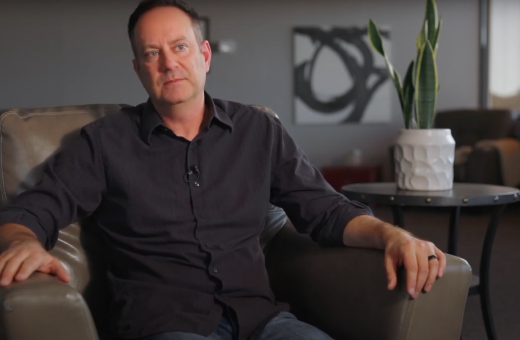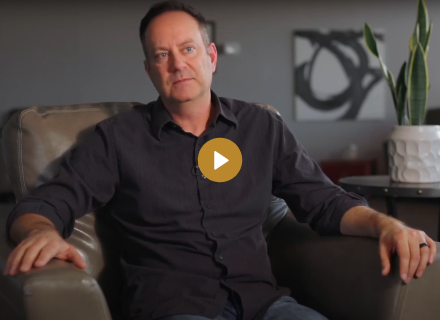Floyd Godfrey, PhD
In today's digital world, porn addiction recovery has become a significant concern for mental health professionals, as pornography is highly accessible to teenagers.
Emotional Wounds and Their Impact
Teenage boys often face emotional wounds that heighten their susceptibility to porn addiction. One such wound is emotional neglect, where a lack of emotional support from caregivers leads to feelings of inadequacy and loneliness. These unresolved feelings make them seek solace in pornography, which becomes a coping mechanism for their emotional distress .
Another prevalent wound is unresolved trauma from childhood experiences. Trauma, whether it's from abuse or neglect, leaves lasting scars on the psyche. According to research by Carnes et al. (2018), teenagers with a history of trauma are more likely to use pornography to escape painful memories and numb their emotions .
Peer pressure also contributes to the problem. Teenagers often want to fit in, and in a world where pornography is often normalized, they may use it to bond with peers or conform to perceived social norms. This pressure can lead to regular use, fostering addiction over time.
How Porn Acts as a Coping Mechanism
Pornography provides a temporary escape from negative emotions, such as anxiety and depression. When teenagers are unable to express their emotions healthily, they may turn to pornography for instant gratification and relief from stress. Research by Wilson and Hilton (2019) found that dopamine, a neurotransmitter associated with pleasure, is released when watching pornography, providing a quick fix to emotional pain . This cycle can trap teenagers in a loop of using pornography as a crutch, increasing their vulnerability to addiction.
Educational Strategies and Therapeutic Interventions
Educational strategies can play a significant role in porn addiction recovery by helping teenagers recognize the risks associated with pornography use. Schools and parents can collaborate to teach healthy coping mechanisms and emotional intelligence, offering an alternative to pornography.
Therapeutic interventions, such as Cognitive Behavioral Therapy (CBT), help teenagers reframe their thoughts and develop healthier coping strategies. Therapists work with teenagers to uncover the root causes of their emotional wounds and address them through therapy. Family therapy also plays a crucial role in supporting recovery, as it helps rebuild trust and communication within the family unit.
Conclusion
Porn addiction recovery in teenage boys involves addressing the emotional wounds that increase their vulnerability to addiction. Emotional neglect, trauma, and peer pressure can lead to using pornography as a coping mechanism. By promoting education and providing therapeutic interventions, teenagers can learn healthier ways to process their emotions and break free from the grip of pornography addiction.
Floyd Godfrey, PhD, is a Clinical Sexologist and a Certified Sex Addiction Specialist. He has been guiding clients since 2000 and currently speaks and provides consulting and mental health coaching across the globe. To learn more about Floyd Godfrey, PhD, please visit his website: www.FloydGodfrey.com.
References
Carnes, P., Carnes, S., & Weiss, R. (2018). Facing the Shadow. Hazelden Publishing.
Wilson, G., & Hilton, D. (2019). Your Brain on Porn. Commonwealth Publishing.



